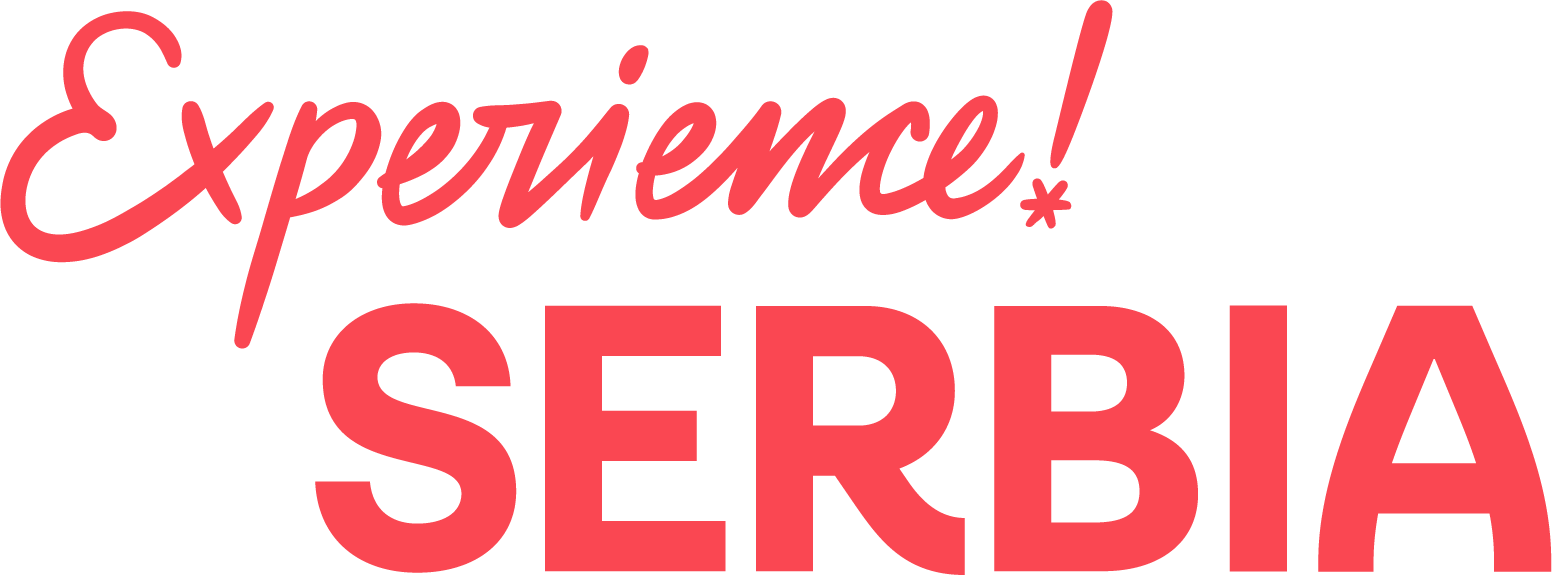
- Homepage
- /
- Culture
- /
- Religious buildings
- /
- Mosques
Mosques
The Ottoman Empire brought new order, new administration and new religion to Southeast Europe. However, it did not completely erase all the old social relations and institutions. It partially accepted them and adapted them to its state model. This synthesis gave rise to a new civilisational and cultural circle, still present in most Balkan societies. It is known as the “Ottoman cultural heritage”.
The expansion of the Ottoman Empire into Southeastern Europe was unstoppable in the Middle Ages. The rising empire brought a different order, government and religion – Islam. This new religion brought Islamic places of worship and mosques, but some Orthodox monasteries survived as well.
A mosque is an Islamic place of worship and the centre of an entire settlement, or part of it (mahalle). Almost all Islamic places of worship have tall slender minarets, towers used to call believers to prayer. The first mosques were built on the Arabian Peninsula in the 7th century. By the Ottoman period, these sacred sites had their form developed. Ottoman mosques in the European part of the empire are a combination of Turkish Seljuk and Byzantine architecture. No grandiose mosques were built on the territory of Serbia due to the relatively small share of the Muslim population. Experience
An encounter with mosques in Serbia, such as the Isa Bey Mosque in Novi Pazar, the Aladža Mosque in Niš and the Bajrakli Mosque in Belgrade, reveals the rich history and spirituality of this area. Each of them tells a unique story of life during the Ottoman period.
Today’s remaining mosques bear witness to the turbulent history of Serbia and make an important part of its cultural heritage.

The Bajrakli Mosque in Belgrade
The Bajrakli Mosque in Belgrade (17th century), an endowment of Sultan Suleiman II, is named after the ritual raising of the flag as a sign for the beginning of prayer in all other city mosques. After the Turks left Belgrade, the mosque was rebuilt and serves as the only place of worship for Muslim believers.
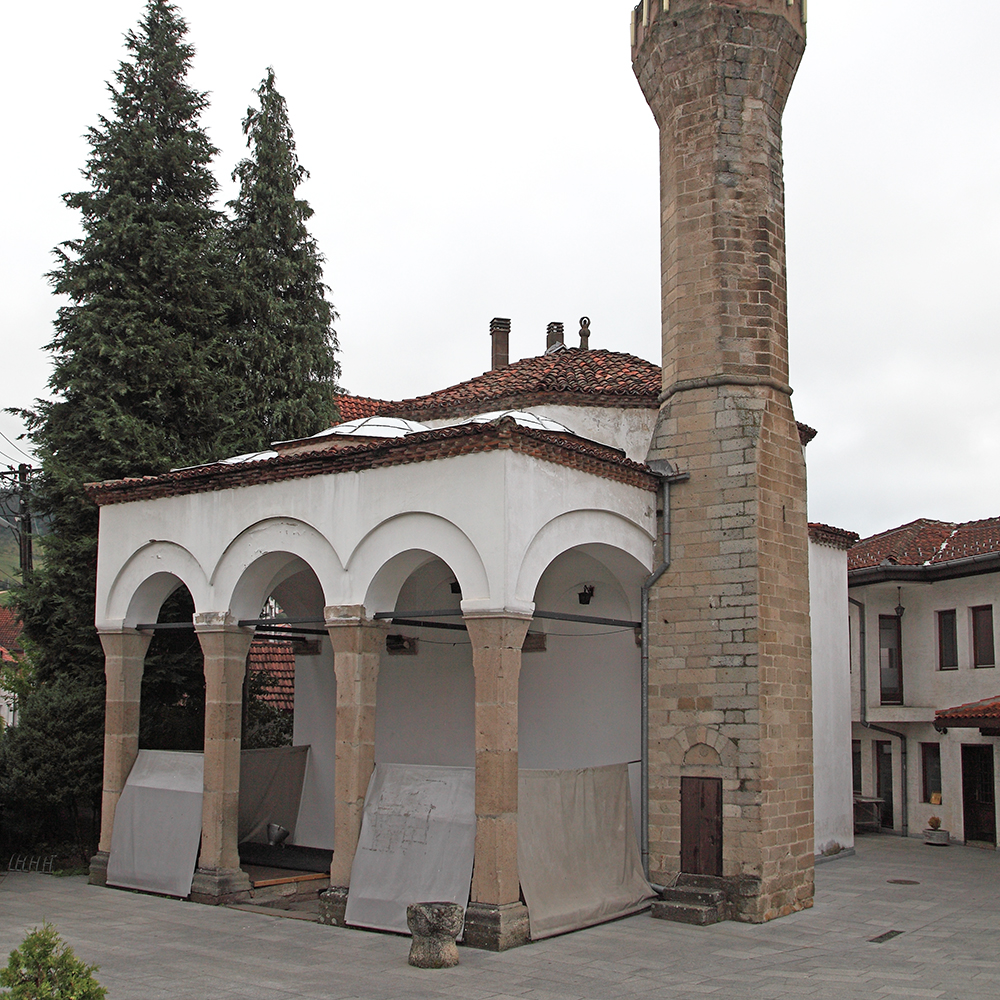
Lejlek Mosque
Lejlek Mosque (15th–16th century) is one of the oldest mosques in Novi Pazar. There is a legend associated with it that it was named after leyleks (storks), which the Muslims considered a holy bird.
A complex was built in its yard, which is used for educational and economic purposes.
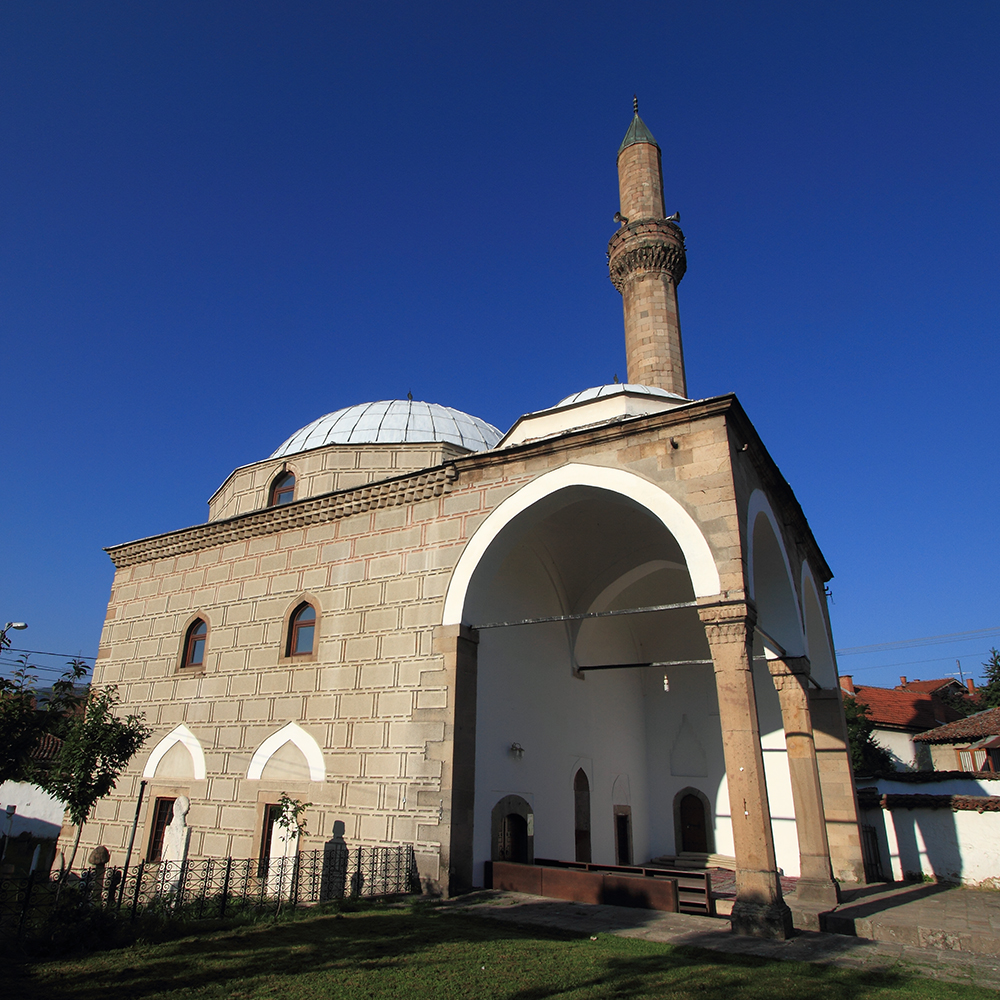
Altun Alem Mosque in Novi Pazar
Altun Alem Mosque in Novi Pazar (16th century) is one of the most beautiful buildings and a rare monument of early Ottoman architecture. It is located in the place where the imperial cadde (road) to Istanbul used to pass.
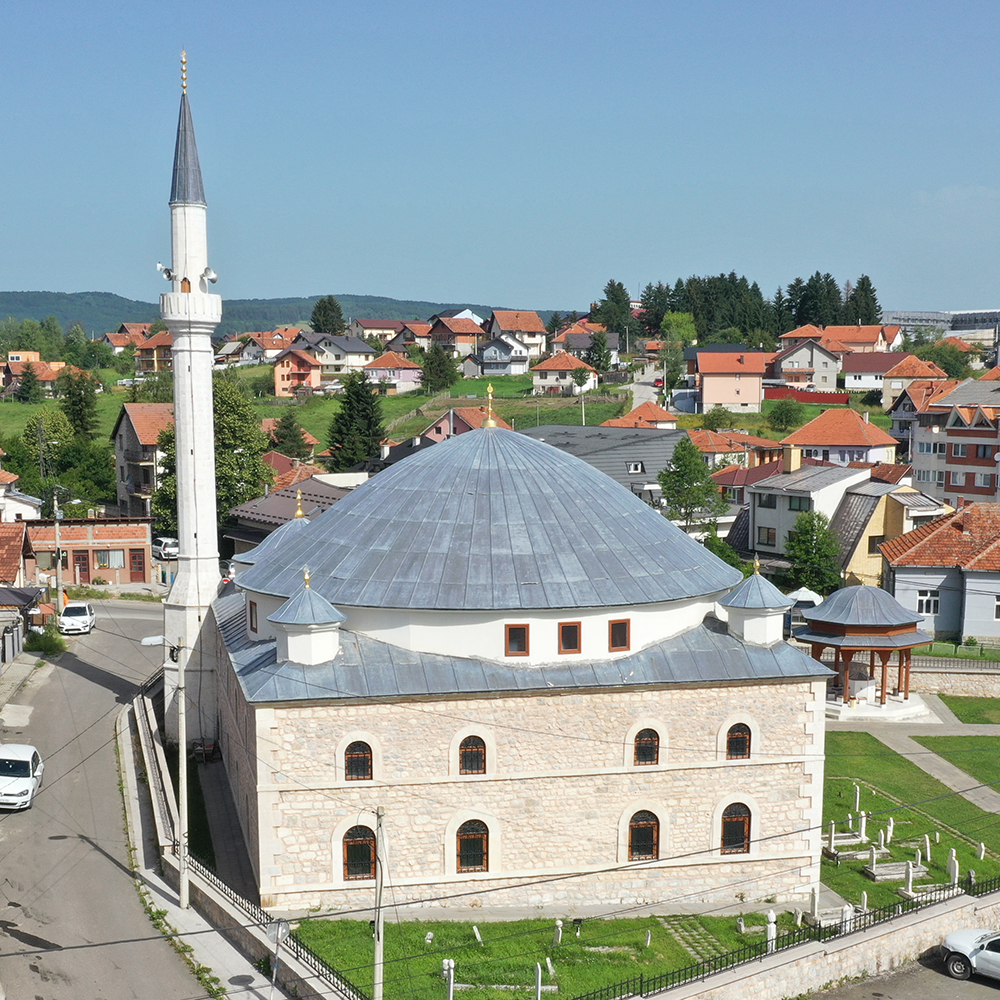
Sultan-Valide mosque
Sjenica, a town in the southwest of Serbia, is home to a magnificent Sultan-Valide mosque from the 19th century. As the westernmost imperial mosque in Europe, it was a symbol of the power of the Ottoman Empire. Today, it is the symbol of Sjenica and the only preserved imperial mosque on the territory of Serbia, open to all tourists and visitors.
STORIES
-

Free Walking Tour – presenting �...
by NTOSThe atmosphere. The people. The energy. Prices. Friends. Rivers. Nightlife. A sense of safety and genuine hospitality.
Read more -
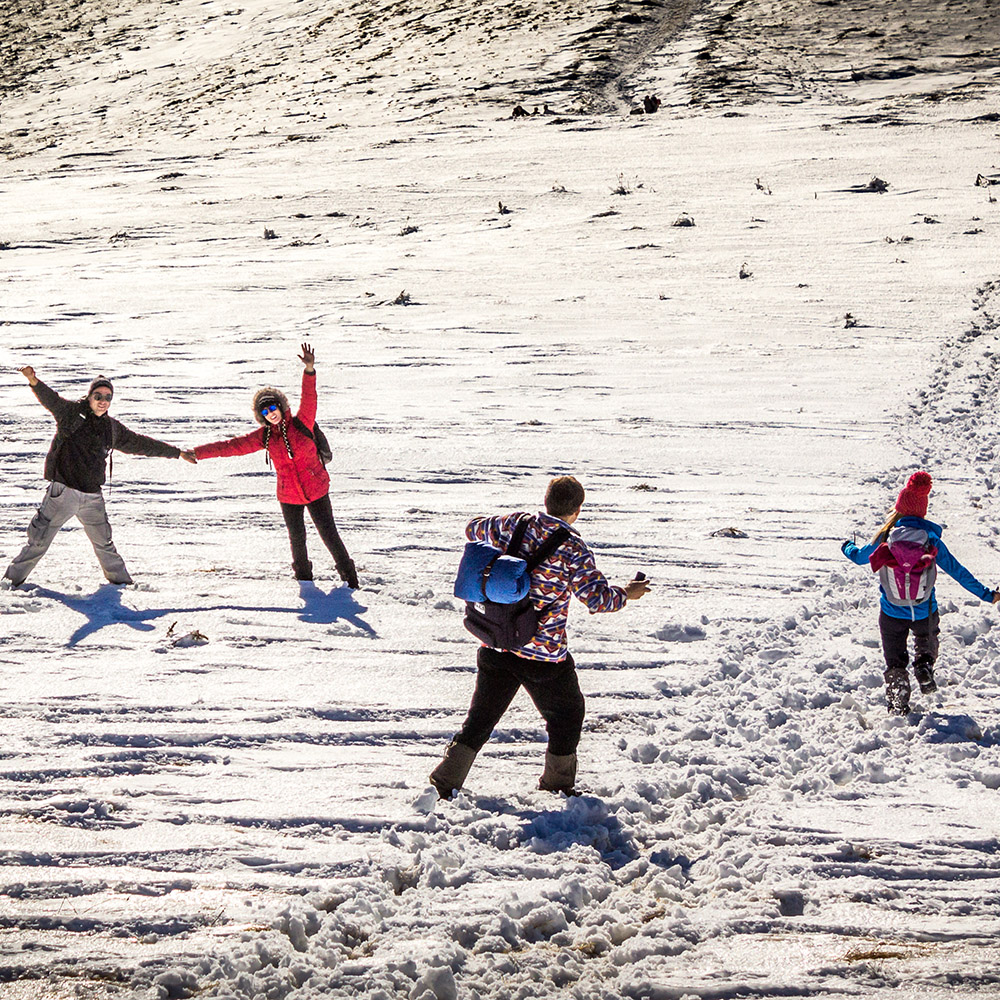
Family & Snow
by NTOSIn Serbia, snow is not just a weather condition – it is the scenery for family stories: first clumsy ski steps, snowballs that somehow always...
Read more -
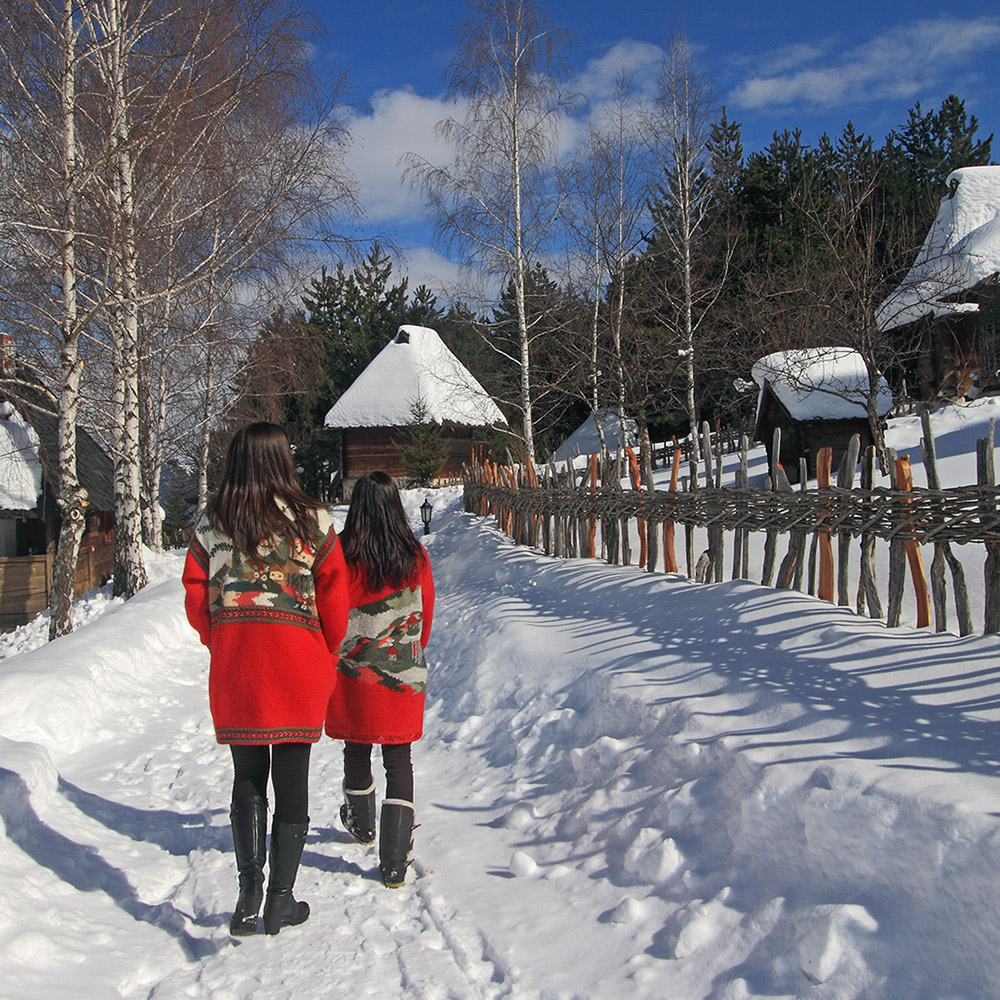
Far from the Holiday Noise
by NTOSIn Gostilje, you will learn how water tells stories; in Sirogojno, how time itself can be woven.
Read more -
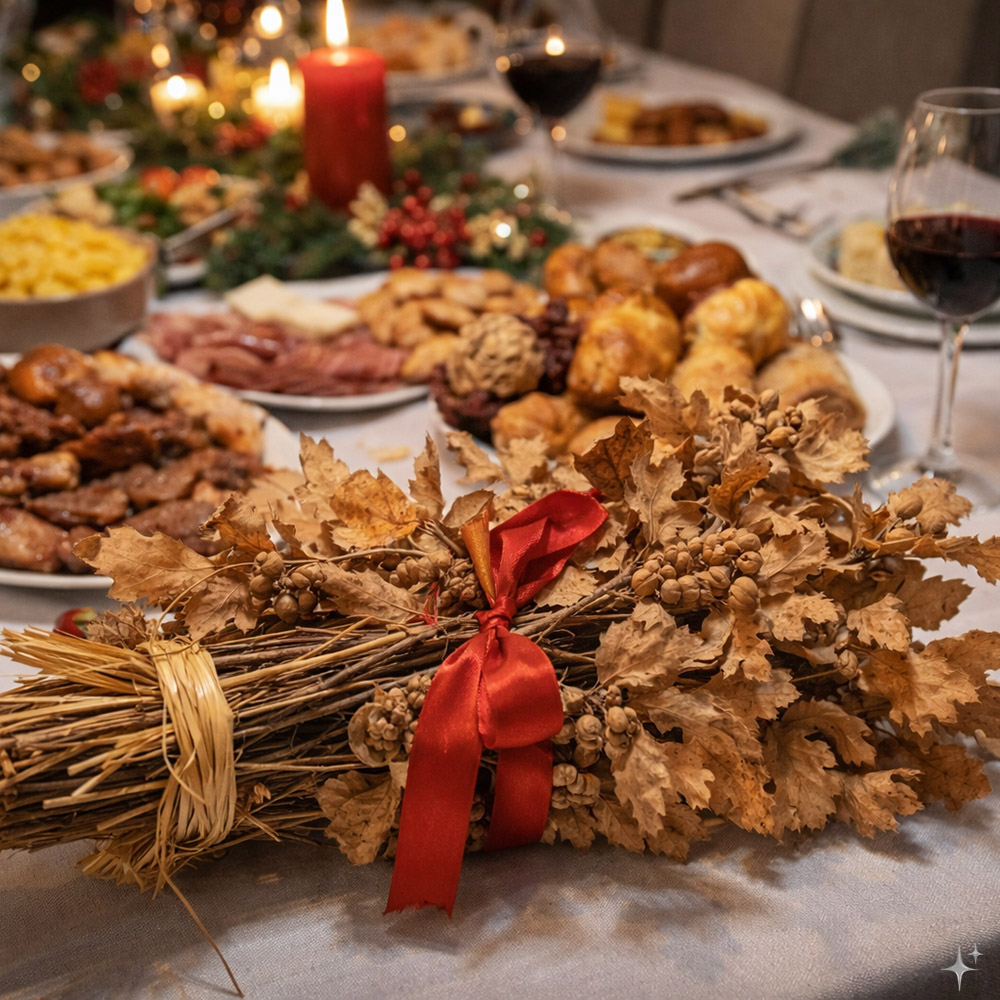
Lighting the Badnjak
by NTOSLighting the Badnjak is one of the most striking customs of Serbian Christmas tradition
Read more -
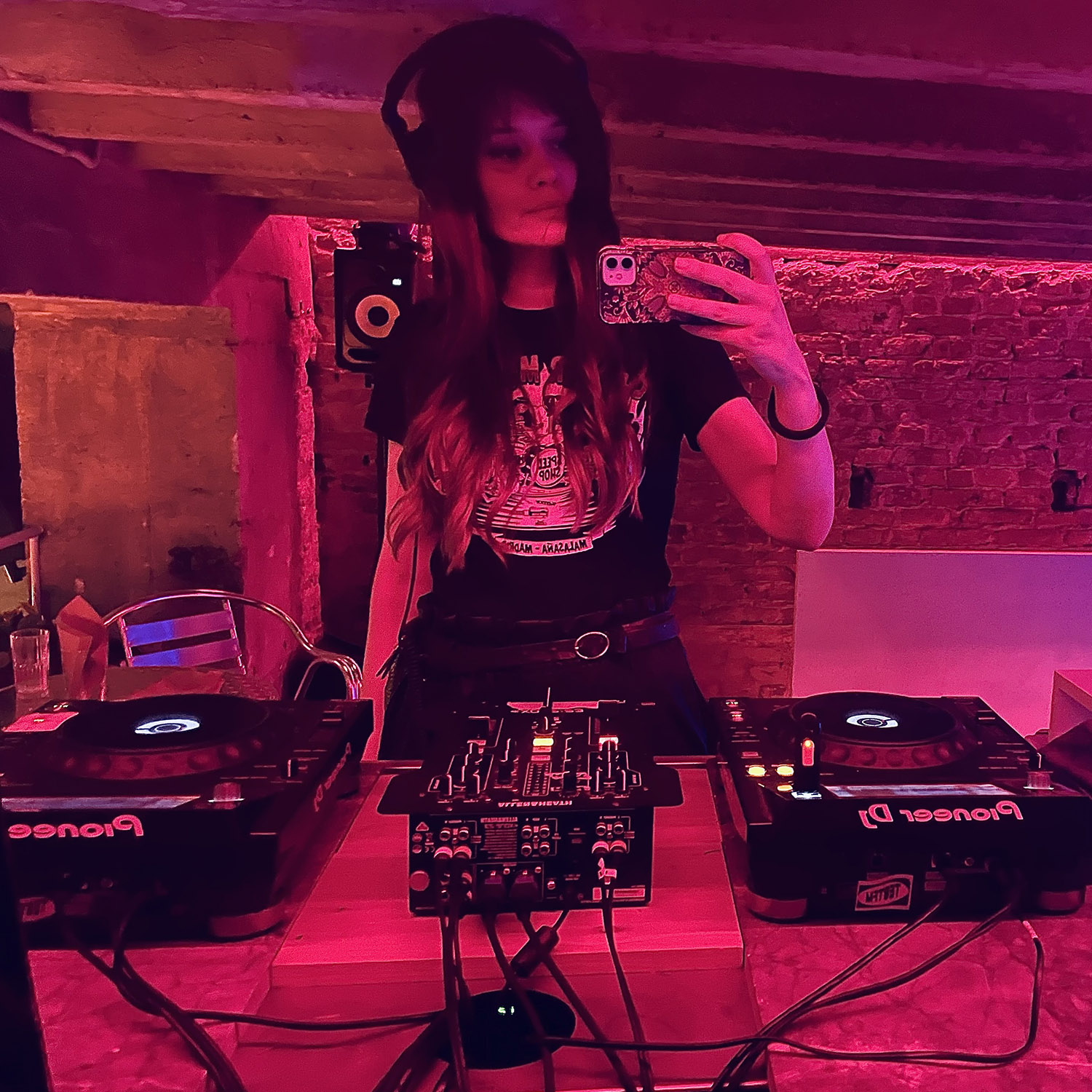
BELGRADE CLUBBING – presenting DJ MA...
by NTOS"When they ask me what kind of DJ I am – I say Versatile"
Read more -
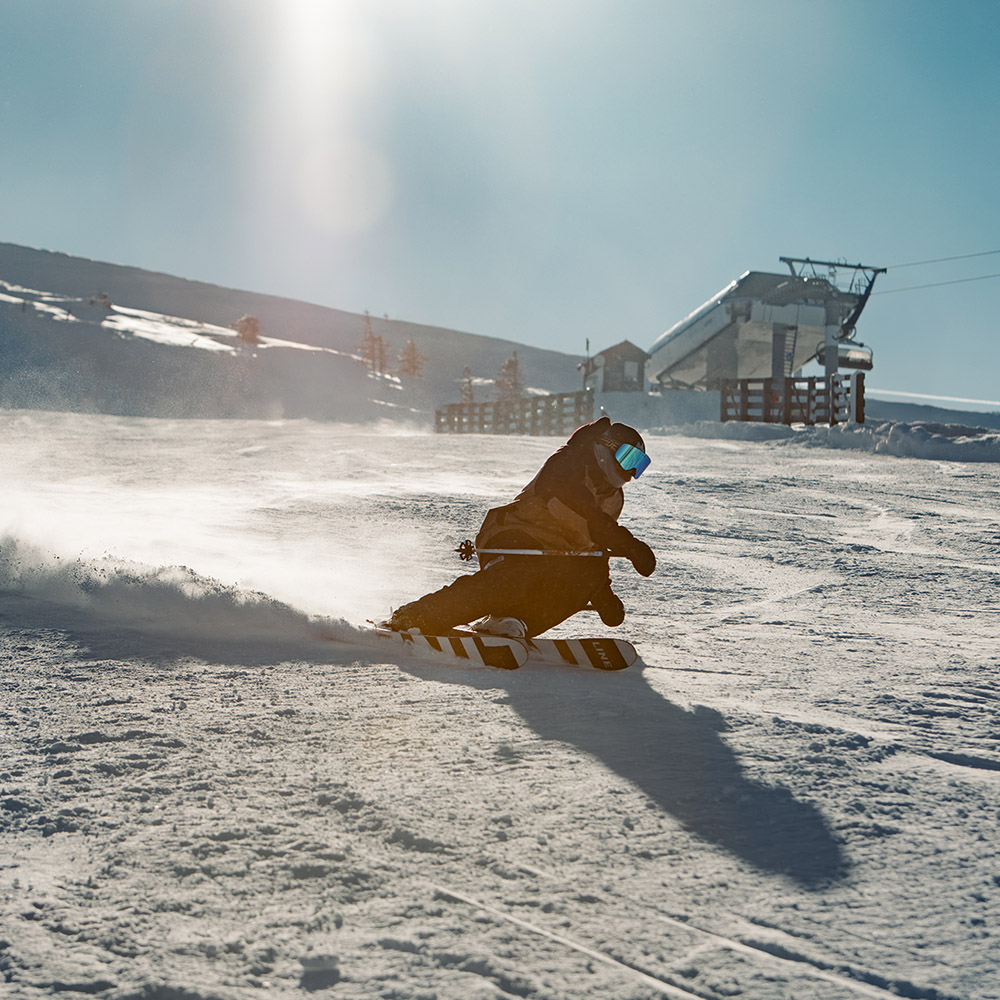
A Winter Tale to Remember
by NTOSIf you have been looking for a place where children learn to love snow, adults learn to slow down again, and the day lasts long...
Read more -
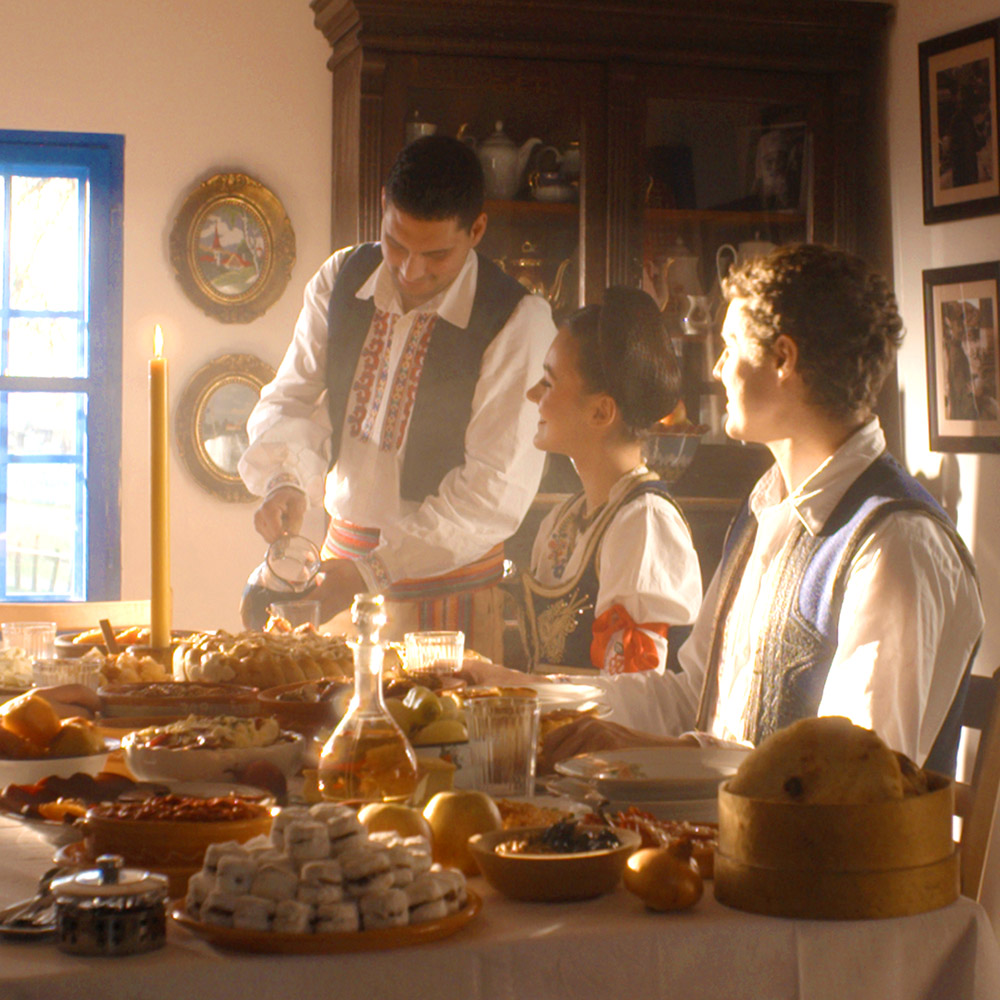
Serbian Slava – the family celebrati...
by NTOSFor a traveler who enters a home on the day of Slava for the first time, the initial impression is the feast
Read more -
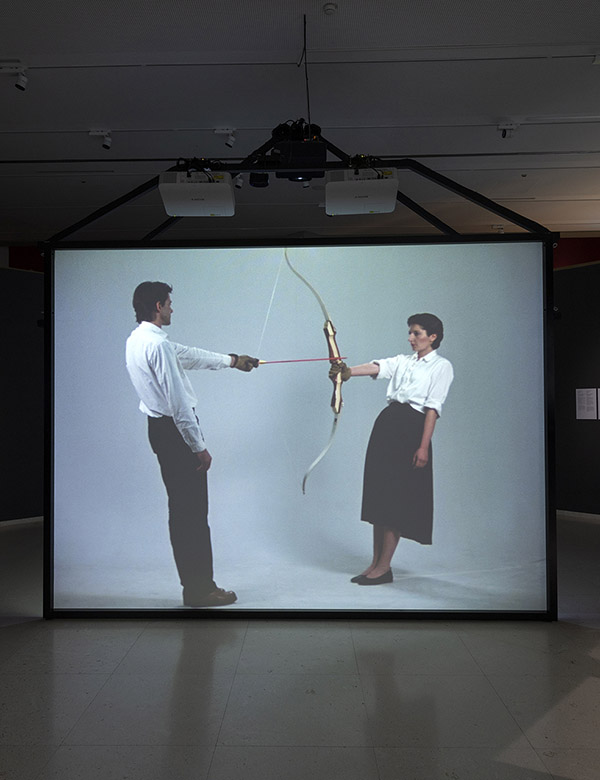
The Crystal at Ušće That Guards the ...
by NTOSThroughout the decades, the Museum of Contemporary Art has hosted numerous important artists, but one exhibition echoed more than any other
Read more -
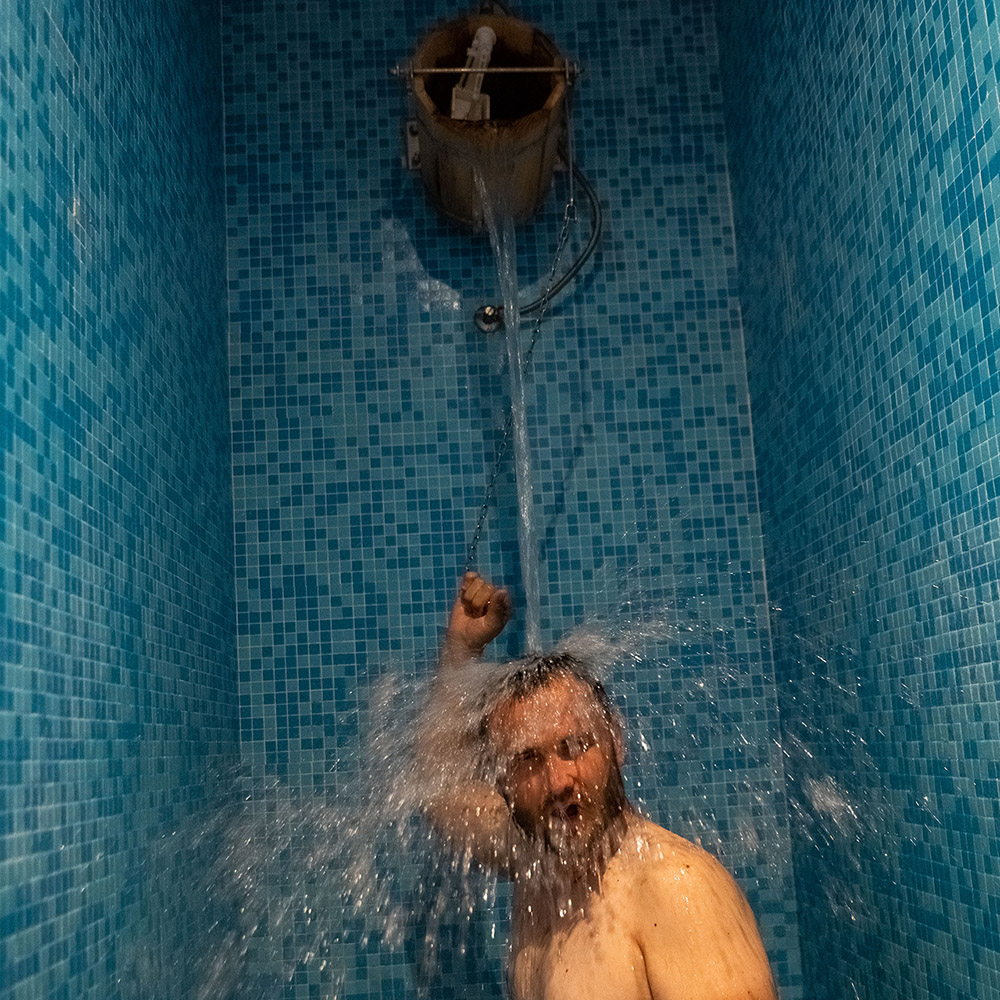
Wellness – the Perfect November Paus...
by NTOSEvery Serbian spa awaits discovery in a different rhythm – not as a summer resort, but as an autumn sanctuary.
Read more -
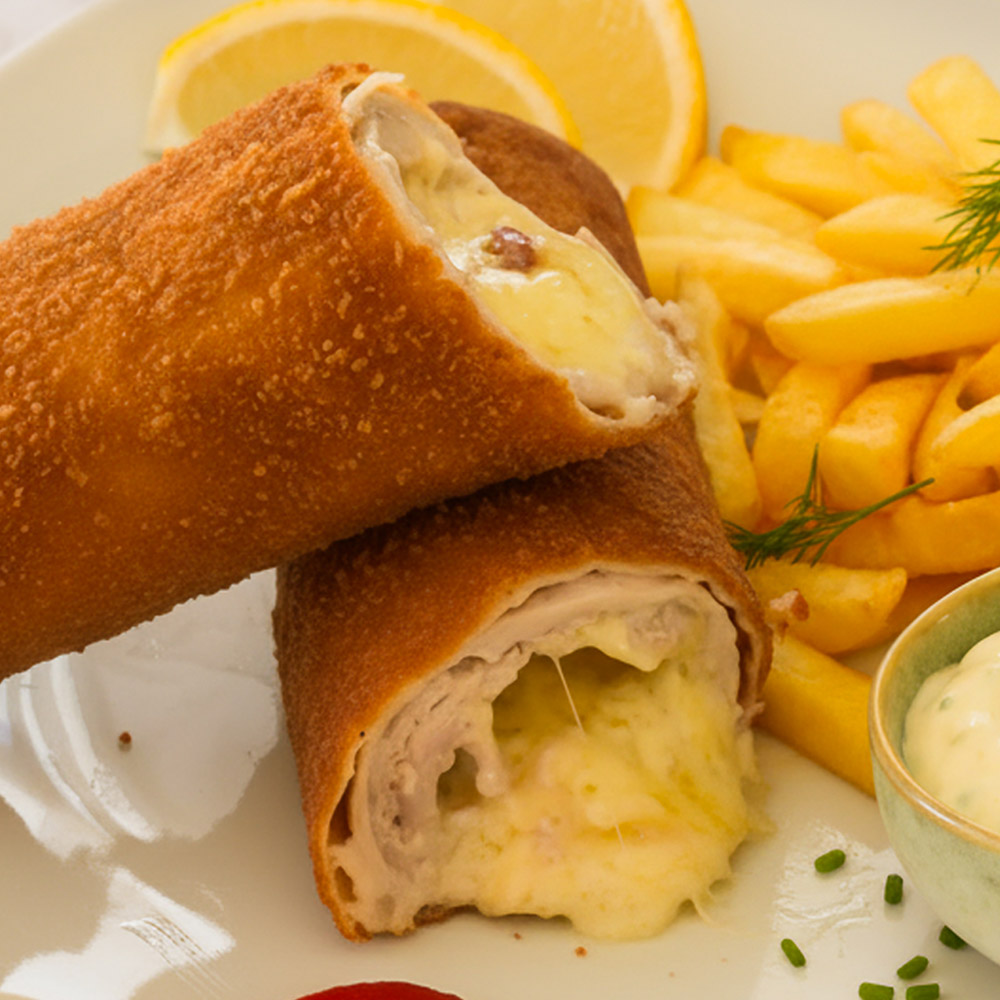
Karađorđe’s Schnitzel – From Tit...
by NTOSKarađorđe’s schnitzel is as simple as a good story and as layered as a good song.
Read more
